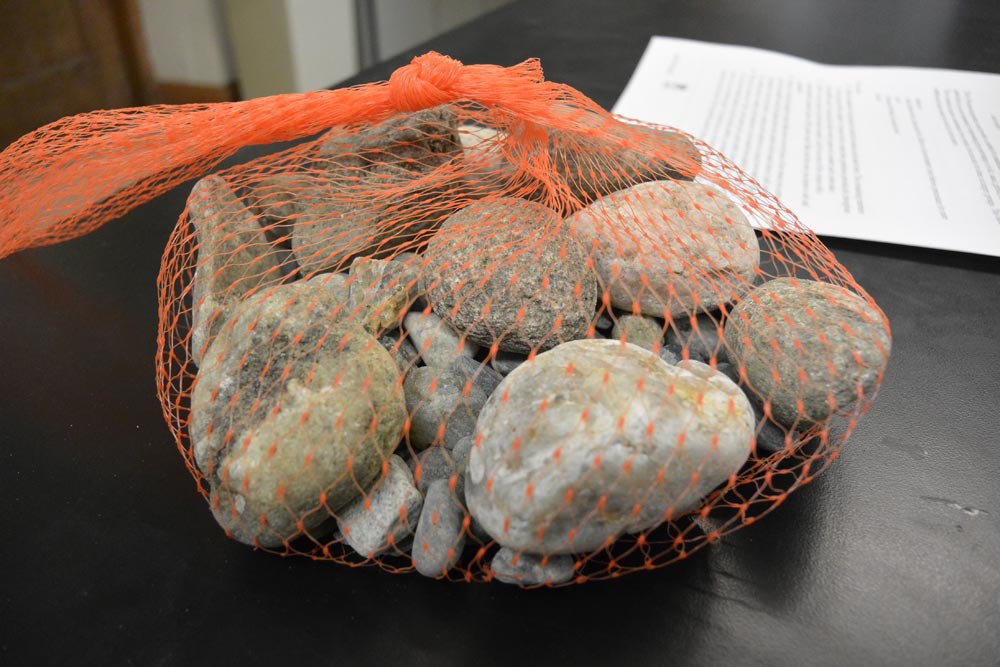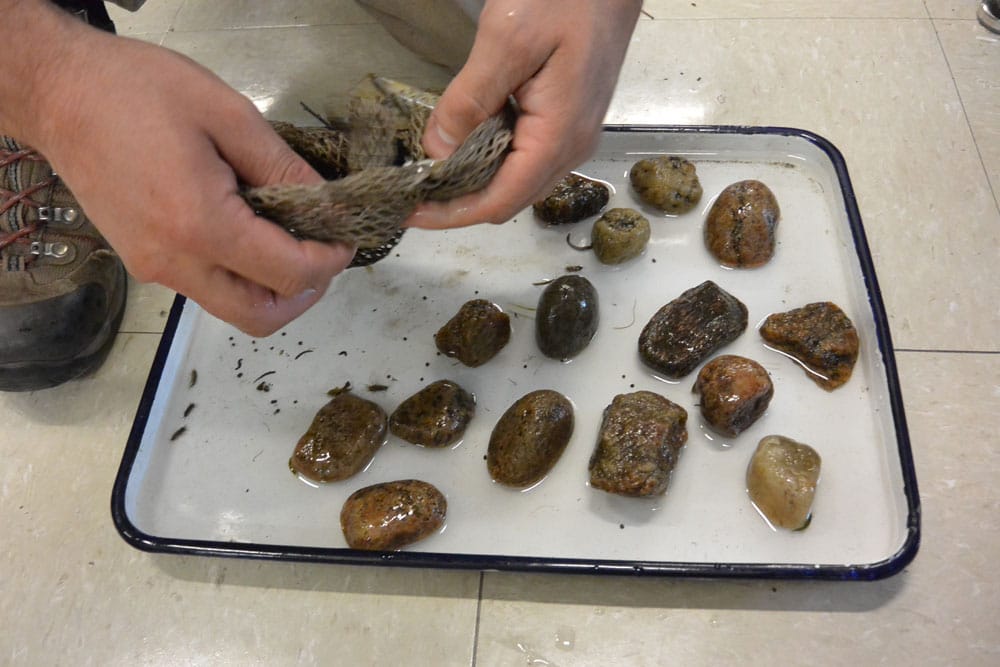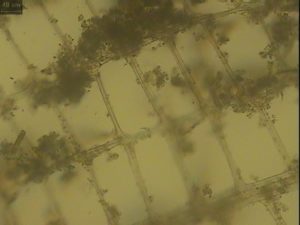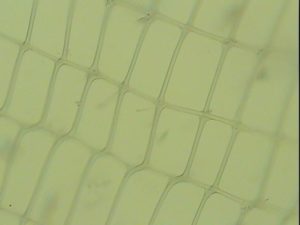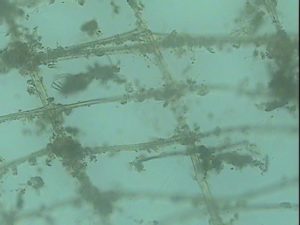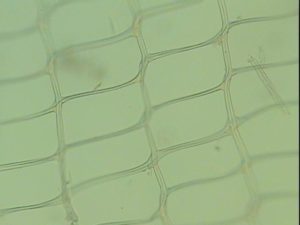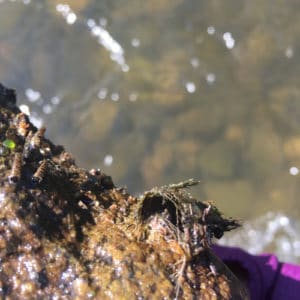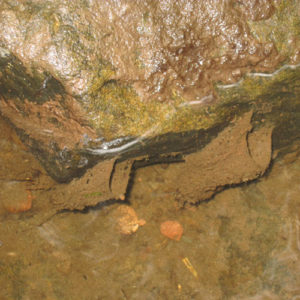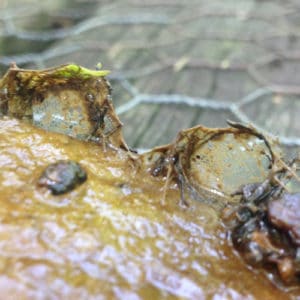Lessons in Stream Ecosystem Engineering Through the Rock Pack Experiment
Imagine living in a world where food was floating all around you, but you had no way to grab it! To catch all of this yummy nutrition, net-spinning caddisflies have developed a clever way to trap and eat that food.
Caddisflies of the family Hydropsychidae are a group of globally distributed aquatic insects hat produce silk threads (not quite as strong as spiders) that they weave into a mesh net to catch and filter food particles that float downstream.
Using painstaking detail and precision, each thread is placed into just the right spot to create mesh webbing that will fill up with food. When they aren’t harvesting food from their silk net, they hunker down in their retreat, which may also provide food or shelter for other macroinvertebrates.
Fun fact: net-spinning caddisflies can vary the strength of the silk, the number of silk threads in their net, and the size of the silk structure!
Scientists have found the silk threads also play an important role in modifying erosion and waters flow in the stream. The silk holds together gravels that are as big as the size of an orange! By holding those rocks together, they can reduce erosion during floods.
Why Does This Matter?
- Predicting erosion is important in landscapes experiencing stress!
- Hydropsychid caddisfly larvae that build silk webs can bind together gravels on the riverbed and stabilize the bed during floods.
- Organisms play a vital role in our healthy ecosystems, and biodiversity loss and shifts in ecologoical community composition are critical problems facing our streams.
Introduction to the Rock Pack Experiment
The Rock Pack experiment combines STEM topics of engineering, ecology, geomorphology, and mathematics in stream ecosystems through the world of the net-spinning caddisfly. Interactive and hands-on activities can be used indoors or outdoors in a 7th-12th grade lesson plan to get students excited about insects and rocks in streams and to learn interdisciplinary science skills and real-world science research applications.
Get Started With Rock Pack!
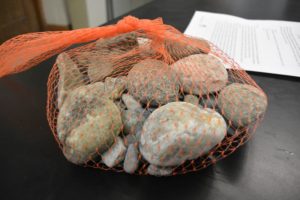 Materials you will need to make a rock pack:
Materials you will need to make a rock pack:
- Onion bags (3-4 per riffle)
- Calipers
- Hanging scale
- Sieves of different sizes or Wentworth grid
- Gravel sizes 10–60 mm
- Data sheets
- Other supplies as needed
Manual and Datasheets
Download Individual Chapters
- Table of Contents
- Chapter 1: Introduction
- Chapter 2: Monitoring With Rock Packs
- Chapter 3: Using Rock Packs as Learning Tools
- Chapter 4: References and Resources
- Chapter 5: Data Sheets
Supplemental Resources
- Net-spinning caddisflies on macroinvertebrates.org: identifying characteristics, photos, and more.
- Activity sheet: Build a Caddisfly Net
- Fact sheet: Net-Spinning Caddisflies
- Poster: Rock Out! Lessons in Stream Ecosystem Engineering Through the Rock Pack Experiment
Videos
Caddisflies, Engineering an Ecosystem
Caddisfly Ecology: Why Are These Critters so Cool?
Natural Stream Engineers: How Plants and Animals Shape Streams
Fluvial Geomorphology: An Introduction
Example Rock Packs Deployed in a Stream






